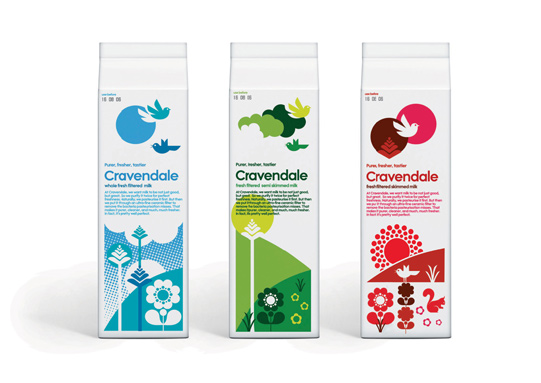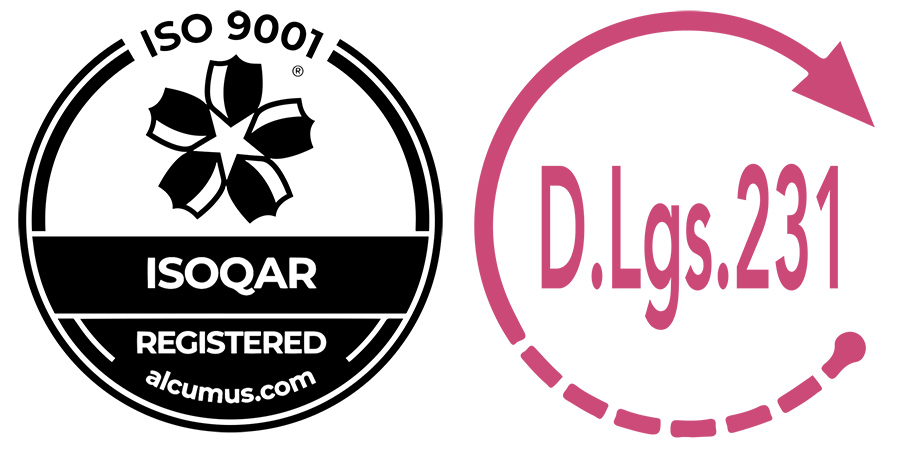The importance of packaging in in-store promotion and visual merchandising
 Among the communication tools of a product at the point of sale, packaging certainly has a basic role in the evaluation of the product, positioning itself as one of the most effective means.
Among the communication tools of a product at the point of sale, packaging certainly has a basic role in the evaluation of the product, positioning itself as one of the most effective means.
The cardboard box, in fact, not only serves to contain the product and highlight the brand, but it is useful to provide more detailed information that will decisively influence the choices of the consumer.
To support this hypothesis is a recent study carried out by the research center Pointlogic International Media Consultants, which found that the package is a real marketing tool and an advertising channel, like TV, print or Internet.
According to this study, carried out on a sample of the German population, 63% of the Before buying something for the first time, respondents always read what is written on the package: for most of the questions raised by the survey, packaging was cited among the top 5 of the 23 media, as it provides more detailed and truthful information than the message conveyed by other media.
Before buying something for the first time, respondents always read what is written on the package: for most of the questions raised by the survey, packaging was cited among the top 5 of the 23 media, as it provides more detailed and truthful information than the message conveyed by other media.
The “box” therefore, stimulates use and pushes to buy back, retaining the same customer. It also informs about the quality and “ecology” of the products, encouraging their signalling and advice to others: in fact, it seems that attention to the environment is one of the key elements to guide the choice of purchase, almost as much as the price and quality of the product.
 In fact, nothing new under the sun: the trend in this sector is in fact to propose eco-friendly and low-cost solutions. Microsoft knows a little about it, as it is preparing to launch the new version of Windows 8: the IT giant will offer, for its most famous product, a more sober and minimal packaging with a reduced weight of 37%.
In fact, nothing new under the sun: the trend in this sector is in fact to propose eco-friendly and low-cost solutions. Microsoft knows a little about it, as it is preparing to launch the new version of Windows 8: the IT giant will offer, for its most famous product, a more sober and minimal packaging with a reduced weight of 37%.
Other companies, on the other hand, are following an even more radical and environment-oriented path: the Monosol company, for example, is now working on an edible package for elements such as hot chocolate and drink sticks, while the Wyss Institute of Biological Studies in Harvard has created edible packages called WikiCells, born from the observation of the conservation of water in fruits such as grapes.
As you can read on the Harvard site, Wikicells is a “natural food held together by a membrane of electrostatic forces containing a liquid, an emulsion, a foam or a food solid in substance in an edible or biodegradable shell”. A solution is then offered for the management of municipal waste, and could help reduce dependence on plastic packaging as well as the overall amount of food waste.
All this interest in packaging certainly supports the thesis that it is one of the levers more to attract the attention of the consumer and one of the communication areas most under observation: it is clear, in fact, that the gaze of the buyer, like advertising, is captured through the creation of surprising elements that can catalyze the attention, even by confusing it. An excellent case history of this “packaging of confusion” is the in-store promotion that will leave for Kraft in the United States next October: for the return to school of children, in fact, the food industry has created a new product, “Kraft String Cheese”, which, both in form and packaging, recalls the pencils inserted in the school case. The initiative is in fact carried out in partnership with Crayola, a leading company in the field of pastels, and in the packaging, children will find tools to develop the imagination in the design.
more to attract the attention of the consumer and one of the communication areas most under observation: it is clear, in fact, that the gaze of the buyer, like advertising, is captured through the creation of surprising elements that can catalyze the attention, even by confusing it. An excellent case history of this “packaging of confusion” is the in-store promotion that will leave for Kraft in the United States next October: for the return to school of children, in fact, the food industry has created a new product, “Kraft String Cheese”, which, both in form and packaging, recalls the pencils inserted in the school case. The initiative is in fact carried out in partnership with Crayola, a leading company in the field of pastels, and in the packaging, children will find tools to develop the imagination in the design.
In short, from eco-sustainability to marketing creativity, up to solutions provided by in-store promotion and visual merchandising, it seems that packaging, from a mere wrapping of the product, is becoming the true protagonist of advertising, almost surpassing the attention that one has for the product itself. And in your opinion, paraphrasing a well-known popular saying, is it still possible to say that the dress does not make the monk?
 Among the communication tools of a product at the point of sale, packaging certainly has a basic role in the evaluation of the product, positioning itself as one of the most effective means.
Among the communication tools of a product at the point of sale, packaging certainly has a basic role in the evaluation of the product, positioning itself as one of the most effective means.
